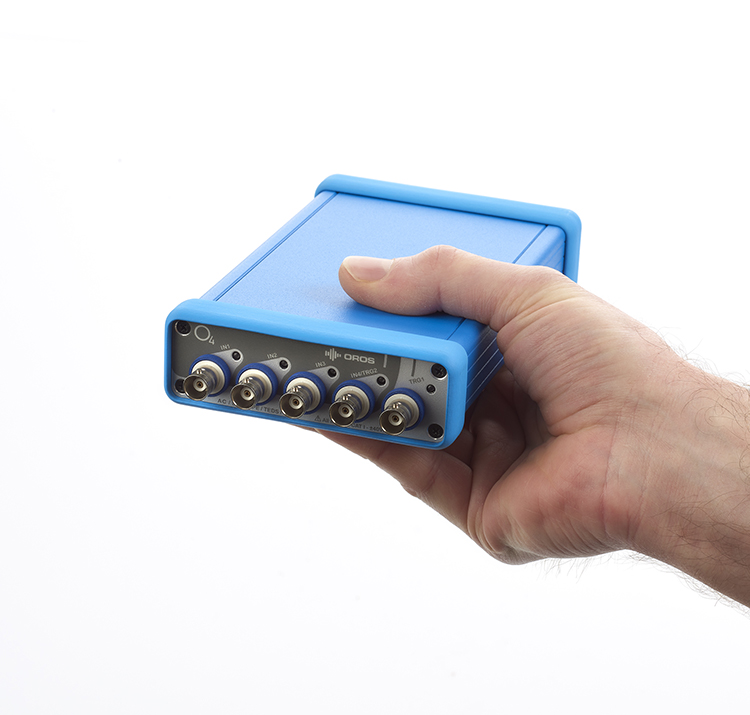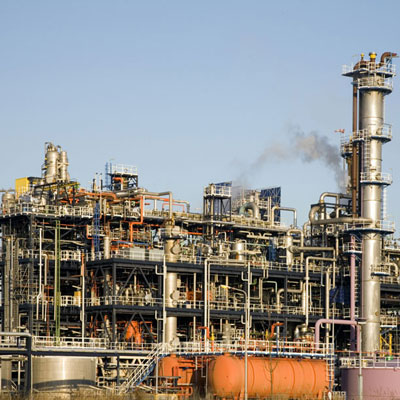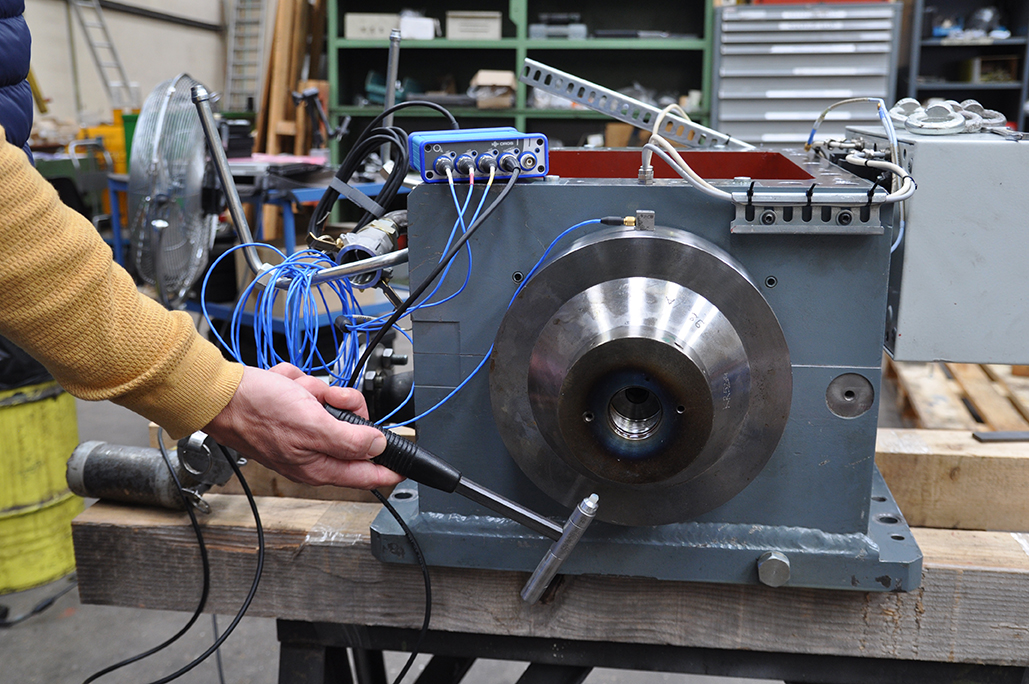Signal conditioning is a part of the acquisition of sensor’s signals. It is the first treatment of the raw signal to enter the acquisition capability. For the noise & vibration applications, the main conditionings are:
- The coupling
-
- AC (Alternative Coupling) is for relative dynamic signals that are balanced around their mean level. Usually used to analyze frequency content with FFT, 1/n Oct or Order analysis.
- DC (Direct Coupling) is for absolute signals related the electrical ground. Usually used for energetic levels (DC, RMS), position (Prox probes) and static stress (strain gauges XPod).
- Floating is for signal related to a high DC voltage reference. It us used for electric power, ungrounded machinery and electric diagnostic.
- The sensor power & identification
-
- IEPE (Integrated Electronics Piezo-Electric) or ICPTM is a phantom DC current that power the integrated amplification electronic. Popular for Piezo accelerometers & microphones.
- TEDS (Transducer Electronic Data Sheet) is to read the sensor specifications and reference with an inverted voltage. Use for sensor detection and avoid miss cabling between multiple tests.
- Wheatstone bridge provides an amplification of strain gauge as well as eliminate the sensibility drift vs temperature. Used for stress and surface pressure with the strain gauges XPod.
- The input range
-
- ±100 mV to ±1 V use an amplifier to reach the analog to digital converter (ADC) range (±10 V). Used for low amplitude signals.
- ±10 V direct to ADC. Provide the best metrological quality.
- ±40 V use an attenuator to reach the ADC’s range. Used for high amplitude signal such as proximity probes.




